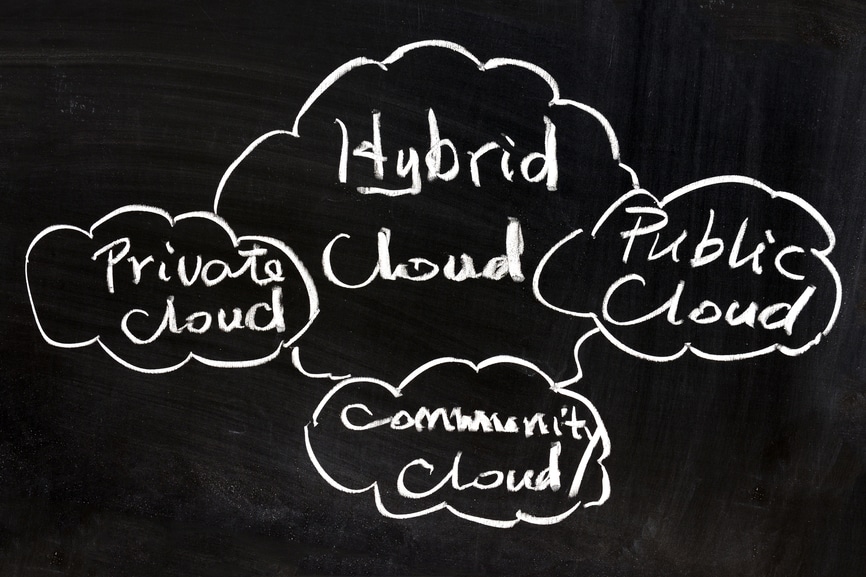Sales: 678.967.3854
Support: 866.252.6363
What We Do
Who We Serve
Success Stories
Latest Thinking
LATEST THINKING
About Us

By the DynaSis Team
Recently, we read that e-commerce giant Alibaba, in partnership with Xi’an International Medical Investment and DHC Software, is building the first “cloud hospital.” This doesn’t mean that patients will be “seeing” doctors or receiving treatment through the cloud, of course. Rather, the team aims to create a cloud-based hospital administration platform with the goal of improving the quality of medical care. How will the platform achieve its goal? By using the cloud to make it easier and faster for medical entities and their practitioners to manage individual patient cases and optimize treatment and outcomes.
In a statement, the group’s spokesperson cited numerous specific attributes of the cloud platform, including faster information sharing among hospitals, expedited services such as online appointment-setting and payments, and software analysis of patient medical records and family health histories for more accurate diagnoses.
This project, while in its early stages, indicates to us the extent to which cloud technology is almost fully integrated into our lives―and certainly, our futures. Recent statistics support this assertion. A 2015 State of the Cloud Report found that 82 percent of organizations are using the public cloud for at least some business functions, and 63 percent are running private clouds.
Those figures were gratifying to us, here at DynaSis, because we have been promoting the value of cloud computing for years. Provided that an enterprise works with a reputable, experienced IT company, the Cloud is no less secure than on-premise installations. In many cases, it is far more secure.
Properly configured, secured and managed with full IT support, cloud technology promotes the three pillars of technology for the modern business―mobility, availability and security. The first question, then, becomes, what is the right configuration for a particular business―public cloud, private cloud or hybrid cloud?
The survey we referenced above found that hybrid cloud technology is currently the preferred strategy among enterprises (future plans), at 82 percent. That represents a 12 percent increase over the 2014 report. Hybrid clouds, where a company distributes its workloads and data among both public and private cloud environments, is perceived as offering the best of two worlds.
With a public cloud, a company’s data may be stored in common databases with the data of other companies, or workloads may run over the same network. With a private cloud, even though the company may be sharing space at a data center with other companies, the cloud environment and network traffic are rigidly separated from that of other firms. A hybrid cloud unites these two aspects of the cloud, with some workloads running in a public cloud and others in a private one.
The distinctions between the three types of clouds―and the way in which workloads and data are distributed among public and private clouds in a hybrid environment―can be confusing and somewhat murky, so we will devote more articles to them at a later date. For now, the key takeaway is that even the most diligent companies are moving some of their assets or workloads to the cloud for the gains they reap in productivity, mobility, redundancy, risk reduction, ROI and other key metrics. If you haven’t poked your head into the cloud yet, we urge you to do so, soon.
